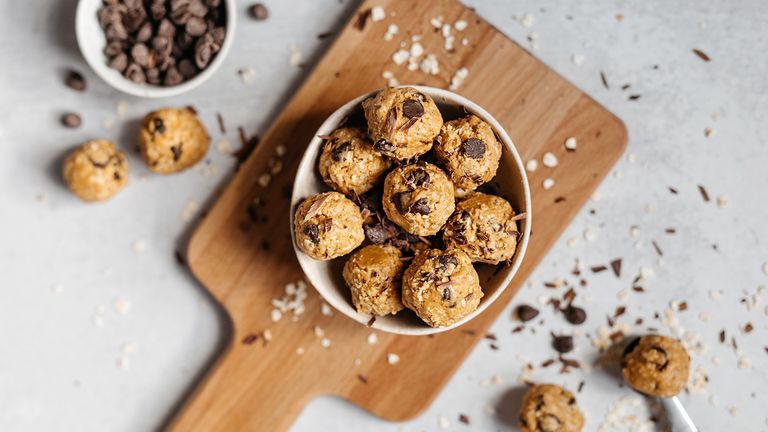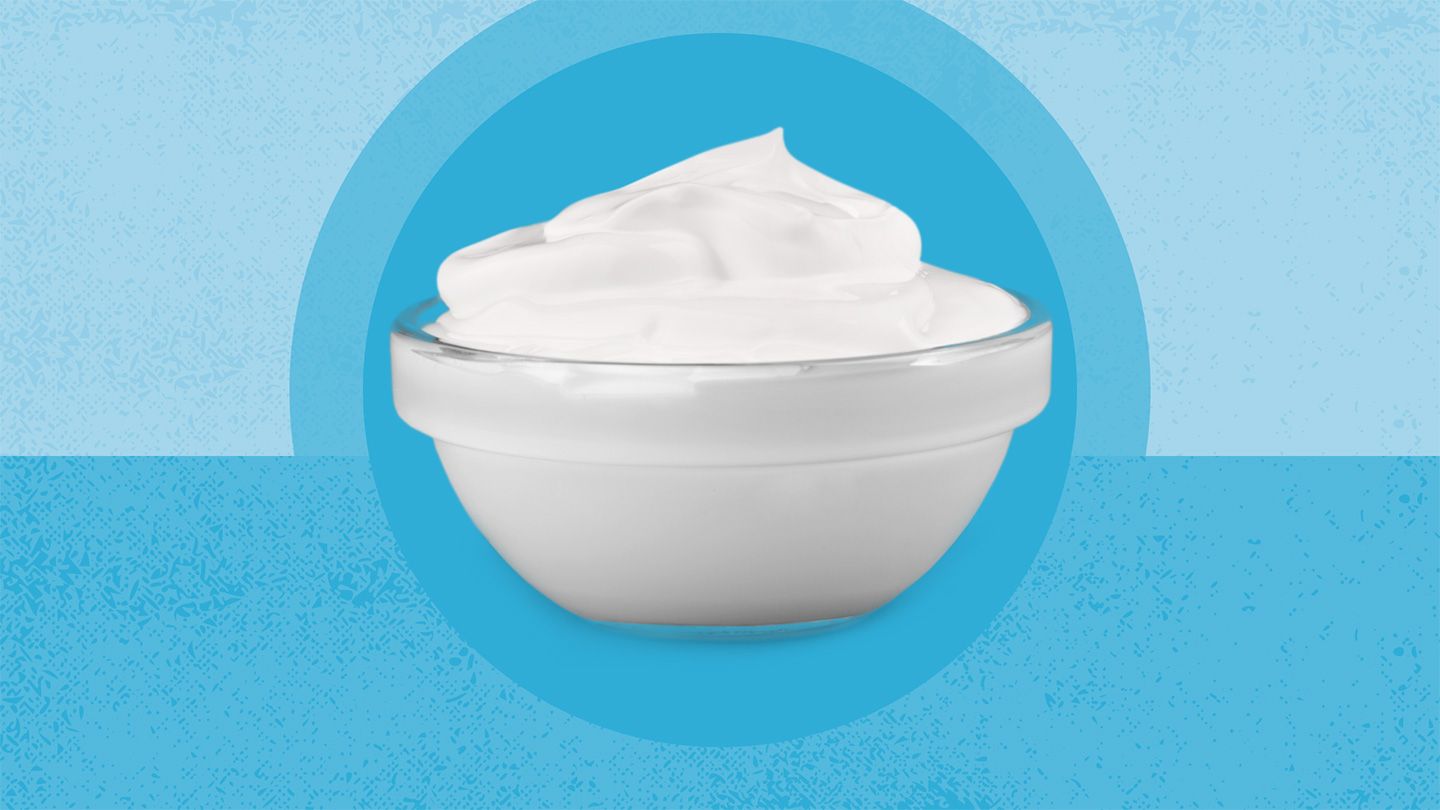Choosing Quality Butter for a Low Carb Lifestyle
From baking and cooking to finishing dishes and even drinking bulletproof coffee, butter plays an integral role in many low carb and ketogenic diets. With so many types available today, it can get confusing to determine which butters best support a reduced carb nutrition plan.
Grass-Fed Butter Nutrition
Experts widely consider grass-fed butter the healthiest option for low carb, paleo, and ketogenic diets. Grass-fed cows enjoy a natural, free-range lifestyle eating grass instead of processed grain feed. This imparts the butter with higher levels of:
- Conjugated linoleic acid (CLA) - an anti-inflammatory fatty acid
- Omega-3 fatty acids
- Fat-soluble vitamins like A, D, E and K
- Antioxidants like beta-carotene
Grass-fed butter also provides a near-perfect balance of saturated, monounsaturated, and polyunsaturated fats to properly fuel the body.
Organic Butter Differences
Organic butter comes from the milk of cows not treated hormones or routine antibiotics. Some brands also source from grass-fed cows. While nutritionally similar, organic butter costs more due to stringent regulations around farming practices. Opt for organic if you want to avoid GMOs, pesticides, chemicals, or hormones.
Raw Butter Nutrition
Raw butter comes from milk that hasnt undergone standard pasteurization processing. This preserves delicate heat-sensitive nutrients like probiotics, enzymes, vitamin K2, and more but also reduces shelf life. Use truly raw butter only for low-heat cooking and cold dishes.
Choosing Low Carb-Friendly Butter
Follow these helpful tips when shopping for quality low carb butter:
- Check the label - Nutrition labels indicate total fat, types of fats, and any additives.
- Choose grass-fed - This option has more healthy fats and nutrients.
- Consider organic - Opt for organic butter to avoid GMOs and chemicals.
- Look for responsibly sourced - Sustainable farming supports animal welfare.
- See the color - Grassfed and organic butter has a richer yellow hue.
- Note texture - Healthy butter is firm and waxy rather than soft.
Finding trusted specialty brands available locally or online that align with your priorities ensures the best quality butter.
Healthy Butter Brands Worth Trying
Some top-rated low carb friendly butter brands to check out include:
- Kerrygold - Rich, grass-fed from Ireland
- Organic Valley - Several great organic options
- Straus Family Creamery - Organic European-style
- Cabot Creamery - New England grass-fed classics
Compare nutrition facts and practices when evaluating different butter options.
Incorporating Butter Into a Low Carb Diet
Butter seamlessly integrates into low carb, keto, paleo, and other moderate-to-high-fat diets. Use it for:
Cooking and Baking
Butter works amazingly well for sauting veggies, frying eggs, baking keto breads and more since it withstands heat without burning or converting to unhealthy oils. Clarify it for extra high-heat tolerability.
Hot Beverages
Stirring butter into morning coffee or tea mimics creamy, sweet flavors without the carbs - making bulletproof versions of these beverages ideal for low carb lifestyles.
Dressings and Sauces
Melt quality butter into pan drippings for flavorful reductions ideal for topping proteins. Blend softened butter into no-carb marinades, herb sauces, dressings, and nut-based pestos.
Finishing Touches
Add a pat of flavored butter atop grilled meats, steamed veggies, and toasted keto breads. It elegantly enhances flavor and texture.
Tips for Storing Butter on Low Carb Diets
Properly storing butter helps prolong freshness and quality. Best practices include:
- Keep refrigerated until ready to use
- Let soften at room temperature if possible when cooking
- Freeze extras for longer term storage
- Thaw frozen butter overnight in the fridge
- Use within a few weeks of opening
- Transfer to an airtight container if needed
With healthy fats as a mainstay, finding quality butter is a must for low carb diets. Seek out conscientious brands offering butters rich in CLA, omega-3s, vitamins, and antioxidants for optimal nutrition.
FAQs
Is butter allowed on the keto diet?
Yes, butter is encouraged as part of a well-formulated ketogenic diet. Since keto requires 70-80% of calories from fat, quality sources like grass-fed butter help meet this goal. Just watch portions and avoid excessive calories.
Is butter or ghee better for keto baking?
Both work well, but ghee has a higher smoke point so it won’t burn during high-heat cooking. For most baking, butter provides richer flavor. Clarified butter is a good compromise when frying or sautéing keto baked goods.
Can you eat too much butter on a low carb diet?
It’s best to eat butter in moderation, even on low carb diets. While healthy, butter remains calorie dense. Portion control prevents overdoing calories and saturated fat intake from any single food.
Is salted or unsalted butter best for keto?
For keto, choose unsalted butter whenever possible. It allows you to control salt content added to recipes. Too much sodium can lead to fluid retention which masks initial water weight loss that helps motivate keto dieters.
Disclaimer: This article is for informational purposes only and does not constitute medical advice. Always consult with a healthcare professional before starting any new treatment regimen.
Related Coverage
Make no-bake peanut butter cream cheese balls with just 3 ingredients - cream cheese, peanut butter, and sweetener. These keto fat bombs curb sweet cravings without the carbs or added sugar....
Discover exactly how many calories are in a 1/4 cup serving of rolled oats. Learn proper oatmeal portion sizes and preparation methods to start your day nutritiously....
Precision Rx Pharmacy offers convenient access to cheap medications but has concerning reviews on licensing, prescriptions, drug safety, and more. Learn about the risks....
Butternut squash is too high in carbs for keto. Enjoy low carb alternatives like spaghetti squash, pumpkin, zucchini, cauliflower, coconut flour instead....
Enjoy the many health benefits of peas and carrots. This classic flavor duo delivers fiber, protein, Vitamins A, C, K plus antioxidants to support immunity, eyes, heart....
Discover the best keto-friendly yogurt options to enjoy on a ketogenic diet. Learn how to choose low-carb Greek yogurt and add nutrition without extra carbs....
Learn about sake nutrition facts and the best keto-friendly types like junmai daiginjo and sparkling. Get tips for low-carb sake cocktails and drinking alcohol on keto....
Dates are too high in carbs for keto diets. Find out which low-carb fruits can fit into a keto eating plan, like berries, avocado, tomatoes and olives....
In rare cases, the influenza virus appears capable of provoking pancreatitis likely due to cytokines released during flu immune response spreading and causing pancreatic inflammation....
Carb-less seltzers like White Claw, Truly, and Bon & Viv are popular keto-friendly alcohol options with minimal carbs and calories. Learn the nutrition stats and how to drink them sensibly....







